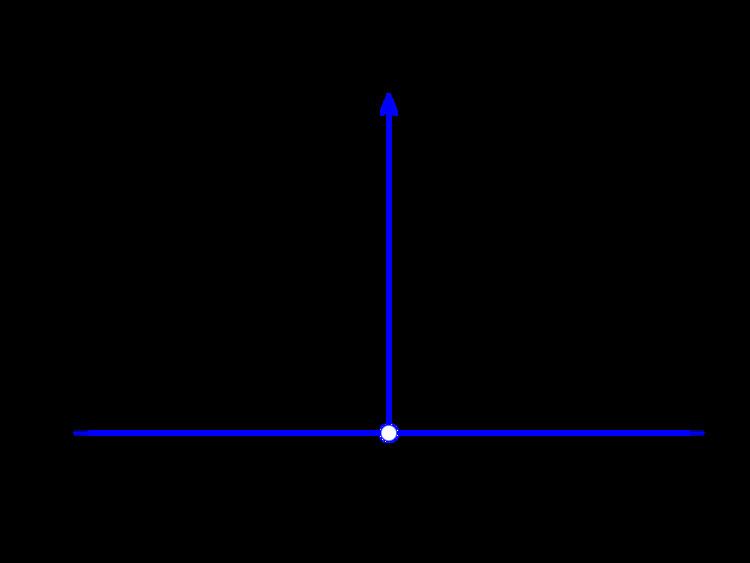 | ||
In mathematics, more precisely in measure theory, a measure on the real line is called a discrete measure (in respect to the Lebesgue measure) if it is concentrated on an at most countable set. Note that the support need not be a discrete set. Geometrically, a discrete measure (on the real line, with respect to Lebesgue measure) is a collection of point masses.
Contents
Definition and properties
A measure
such that
The simplest example of a discrete measure on the real line is the Dirac delta function
More generally, if
for any Lebesgue measurable set
is a discrete measure. In fact, one may prove that any discrete measure on the real line has this form for appropriately chosen sequences
Extensions
One may extend the notion of discrete measures to more general measure spaces. Given a measure space
- All singletons
{ s } withs inS are measurable (which implies that any subset ofS is measurable) -
ν ( S ) = 0 -
μ ( X ∖ S ) = 0.
Notice that the first two requirements are always satisfied for an at most countable subset of the real line if
As in the case of measures on the real line, a measure
where
One can also define the concept of discreteness for signed measures. Then, instead of conditions 2 and 3 above one should ask that
